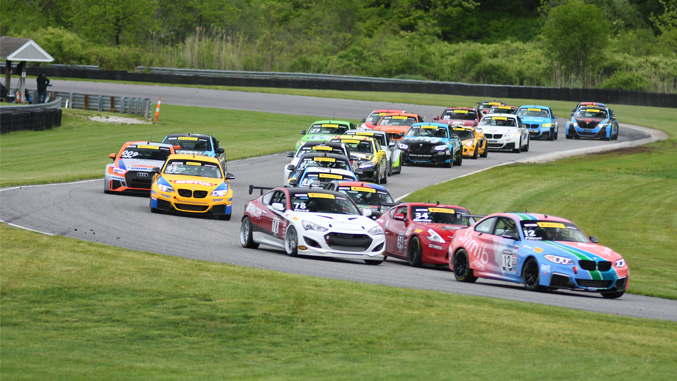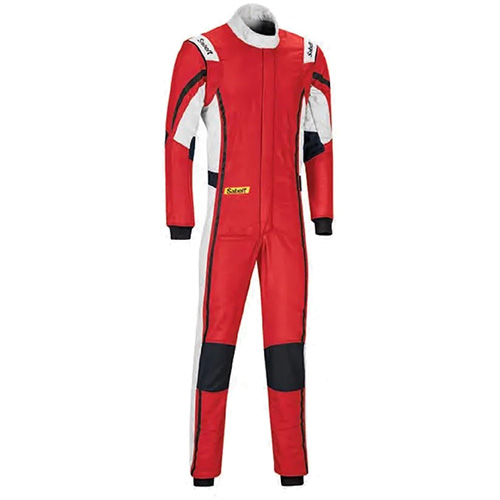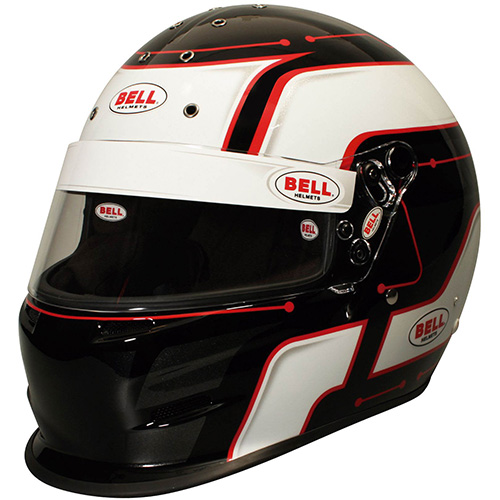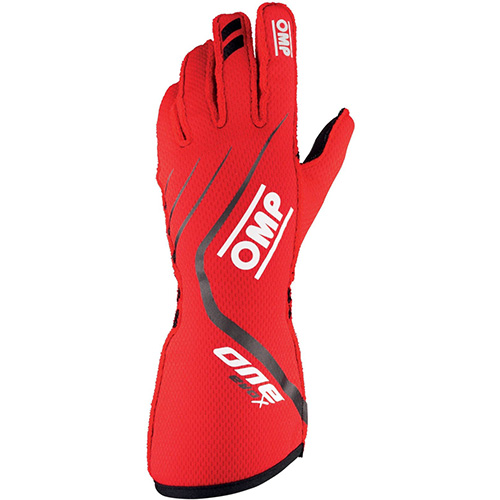Fear Of BOP Can Cost You

Last weekend, racers who watched saw a very close 24 Hours of Le Mans. The presence of some balance of performance (BOP) system was a strong indicator of whether we were treated to close racing.
In LM P1, Toyota and Porsche battled to see if any huge OEM could make a super-advanced car run for 24 hours. The drama was high, but not because of close racing but because of the repeated pictures of sad faces as a team was unable to limp a broken multi-million dollar car back to the garage and had to abandon hope of winning. LM P2 was quite a contrast. There, we saw teams (Jackie Chan DC Racing, Vaillante Rebellion, Signatech Alpine Matmut) battle to win what is essentially Spec ORECA 07. The front runners had a close race for at least 21 hours, and the crown was based on driver talent, preparation and pit work.
But it was in GTE Pro that the most amazing racing occurred. After 21 hours, we had an Aston Martin, a Corvette, a Porsche, a Ford and a Ferrari on the same lap, and the top 3 cars were often within a second of one another. That's a 1 second difference after 75,600 seconds — 0.001 percent.
My point here is that BOP works. And I say BOP works not because of Le Mans 2017, but also because of WEC and IMSA GT and Pirelli World Challenge GT and GTS and TC. All of these series manage to offer close racing, almost every week, across multiple platforms (classes and car types) at multiple tracks.
And yet, when we talk to drivers about series they could run, almost all of them are afraid of BOP. The urban myth was that BOP is a political system. That might have been a thing in the past, but the evidence shows the system is now pretty well run. Drivers ignore this at their peril.
A lot of the success and desirability of BOP systems is down to science. Basically, BOP is, at its core, a measurement system. The sanctioning body measures the physics of each car (braking, acceleration and cornering at different speeds) and then applies algorithms to equalize the cars across multiple tracks, assuming each was driven by a very capable driver. In many cases, this data is reinforced by data collected worldwide by the SRO. And series using SRO-based cars also reduce the variations you will see from car to car, making these series that much tighter.
Cars can still make speed in different ways, so they may be faster or slower at a given track. And slow drivers will still be slow. Harder to drive cars, will still be harder to drive. So a spec series is still more purely equal. But if you want a driver-oriented series with the attraction (exposure) of multiple car types, BOP-based series should be at the top of your list.
Be not afraid.


















